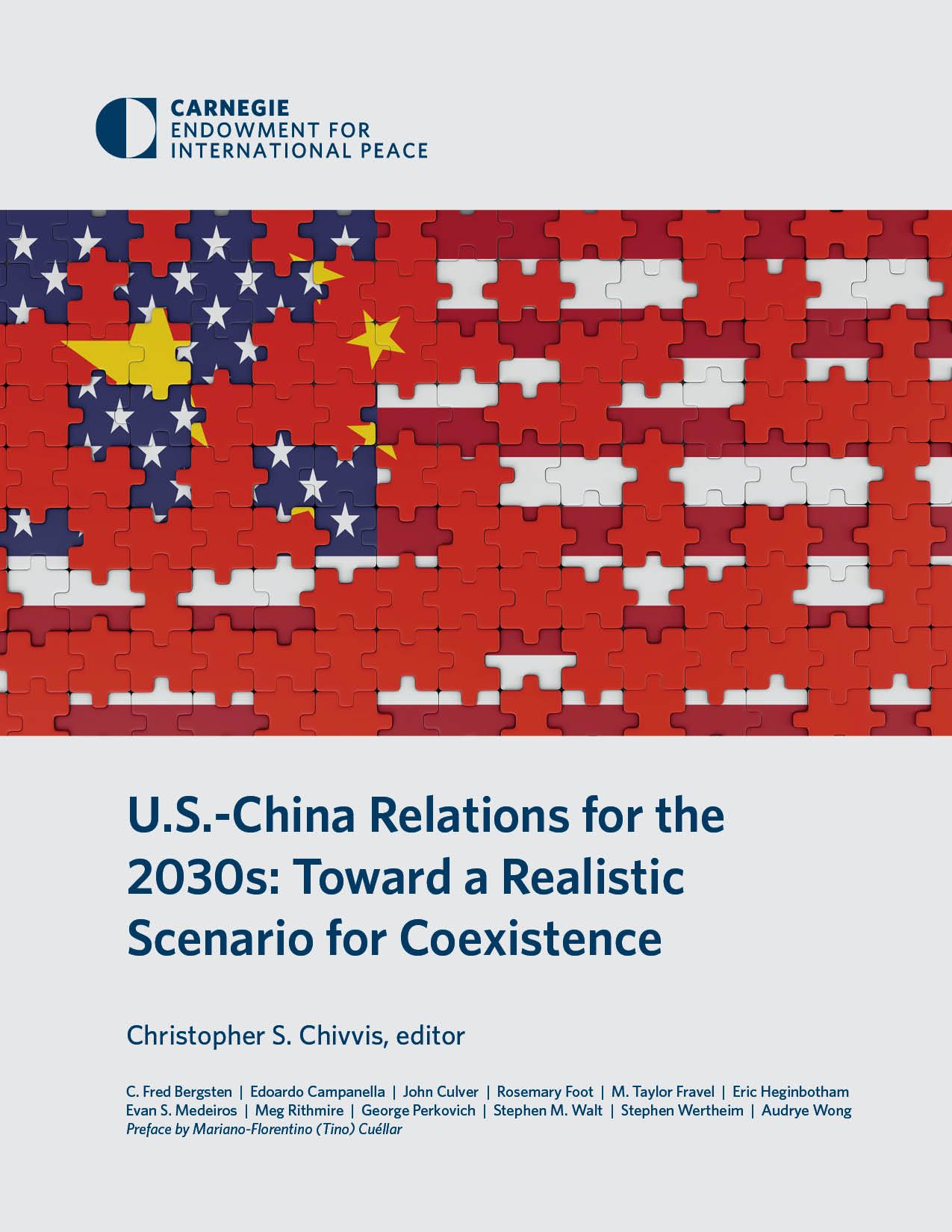Analysis of the Higher Education (Freedom of Speech) Act 2023 and its Implications for Sustainable Development Goals
Legislative Overview and Mandate
The Higher Education (Freedom of Speech) Act 2023, scheduled to take effect in England on August 1, 2025, establishes a new legal framework for speech within university settings. The legislation grants the Office for Students regulatory power to ensure compliance, with the stated aim of preventing the censorship of unpopular or controversial ideas. This report analyses the Act’s implications, particularly in relation to the United Nations’ Sustainable Development Goals (SDGs), including SDG 4 (Quality Education), SDG 10 (Reduced Inequalities), and SDG 16 (Peace, Justice and Strong Institutions).
Shifting Paradigms in Campus Speech Policy
Historically, higher education institutions have adopted one of three primary approaches to regulating speech on campus:
- The Legalist Model: This approach strictly adheres to national law, permitting all legally allowed speech and prohibiting all legally forbidden speech, such as incitement to violence or expressions of racial hatred.
- The Libertarian Model: A theoretical approach that would permit more speech than the law allows, treating free expression as an absolute principle. This model is considered unviable due to the potential for significant legal, financial, and reputational damage.
- The Communitarian Model: This approach permits less speech than the law allows, prioritising the institution’s role in fostering civic values and building an inclusive community. This model aligns with efforts to advance SDG 10 (Reduced Inequalities) by proactively creating safe environments for vulnerable groups.
The Higher Education (Freedom of Speech) Act 2023 effectively mandates a shift from the communitarian model, previously adopted by many UK universities, to the legalist model. Institutions will no longer be permitted to prevent the expression of legal messages based solely on their controversial or provocative nature.
Impact on Sustainable Development Goal 4: Quality Education
The Act directly impacts the environment for learning and discourse, a key component of SDG 4, which calls for inclusive and equitable quality education.
- The legislation aims to uphold a core tenet of quality education by ensuring a wide range of ideas can be debated, contributing to Target 4.7’s goal of promoting global citizenship and an appreciation for diversity of thought.
- Conversely, concerns have been raised that this shift may create an environment that feels unsafe or hostile for some students, potentially hindering their ability to participate fully in their education and undermining the goal of providing an inclusive learning environment for all.
Implications for SDG 10 (Reduced Inequalities) and SDG 5 (Gender Equality)
The move away from the communitarian model raises significant questions regarding the protection of vulnerable communities on campus, a central theme of SDG 10 and SDG 5.
- The previous communitarian approach allowed institutions to prohibit speech, such as sexist or discriminatory language, that is not explicitly illegal but could undermine campus safety and inclusivity. This was a direct, institution-level effort to advance Target 10.3 (ensure equal opportunity) and Target 5.1 (end all forms of discrimination against all women and girls).
- The new Act may limit an institution’s ability to provide this level of protection, potentially creating an environment that disproportionately affects vulnerable members of the campus community and works against the objective of reducing inequalities.
- It is important to note, however, that the Act does not affect existing policies against targeted bullying, harassment, or threats, which remain subject to institutional disciplinary procedures and UK law.
Alignment with SDG 16: Peace, Justice and Strong Institutions
The Act is a significant development in the context of SDG 16, which seeks to build effective, accountable, and inclusive institutions and protect fundamental freedoms.
- The legislation directly addresses Target 16.10 by seeking to protect the fundamental freedom of expression within higher education institutions.
- It strengthens institutional accountability (Target 16.6) by creating clear procedural duties for universities to facilitate free speech and transparently handle complaints of censorship, with oversight from the Office for Students.
- A potential conflict arises with Target 16.1 (“significantly reduce all forms of violence”). Critics fear that abandoning the communitarian ethos could stoke campus divisions and conflict, challenging the university’s role as a promoter of a peaceful and inclusive society.
Conclusion: Procedural Changes and Future Outlook
The most immediate impact of the Higher Education (Freedom of Speech) Act 2023 is procedural, placing a considerable burden on institutions to demonstrate their commitment to facilitating lawful speech. While the Act provides an “escape hatch” for events that cannot be secured safely, its primary effect is to realign university policy with national law. The long-term consequences for the campus climate and the advancement of the Sustainable Development Goals—balancing the fundamental freedom of expression with the commitment to quality education, reduced inequalities, and peaceful societies—are yet to be determined.
SDGs Addressed in the Article
-
SDG 4: Quality Education
- The article is entirely set within the context of higher education in England, discussing the new “Higher Education (Freedom of Speech) Act 2023” which directly impacts universities. It explores how this law affects the learning environment, specifically whether it should be a “legalist” space strictly adhering to the law, or a “communitarian” one that aims to “promote civic values” and “build an empathic society.” This relates to the quality and nature of the educational environment itself.
-
SDG 5: Gender Equality
- The article explicitly mentions gender-related issues. It gives an example of the “communitarian” approach as banning “sexist speech, which is otherwise still permitted under UK law.” It also cites a real-world case where UCL administrators “banned a group that advocated sex segregation,” directly addressing discriminatory practices based on gender.
-
SDG 10: Reduced Inequalities
- This goal is central to the article’s concerns about the impact of free speech on different groups. The text highlights that UK law prohibits “core expressions of racism, anti-LGBTQ+ hatred, Islamophobia, antisemitism.” It also discusses the fear that the new law will disproportionately affect the “most vulnerable members” of the campus community, thereby touching upon the need to protect groups from discrimination based on race, religion, and sexual orientation.
-
SDG 16: Peace, Justice and Strong Institutions
- The article focuses on the role of law and institutions. It analyzes a specific piece of legislation, the “Higher Education (Freedom of Speech) Act 2023,” and the role of a regulatory body, the “Office for Students,” in ensuring compliance. It discusses the shift in university policy from a “communitarian” to a “legalist” model, which is a matter of institutional governance. The article also mentions that the act’s main components are “procedural, placing considerable burdens on institutions to facilitate free speech and deal transparently with accusations of censorship,” which speaks directly to the development of effective, accountable, and transparent institutions.
Specific Targets Identified
-
Target 4.a: Build and upgrade education facilities that are child, disability and gender sensitive and provide safe, non-violent, inclusive and effective learning environments for all.
- The article’s debate between the “legalist” and “communitarian” models is a debate about what constitutes a safe and inclusive learning environment. The “communitarian” ideal is described as “creating a refuge that the law often fails to provide” for “vulnerable groups,” directly aligning with the goal of a safe and inclusive environment. The fear that the new act will “disproportionately affect its most vulnerable members” also relates to this target.
-
Target 5.1: End all forms of discrimination against all women and girls everywhere.
- This target is addressed through the article’s examples of “sexist speech” and “sex segregation.” The discussion of whether universities should be allowed to ban such expressions, even if legal, is a direct engagement with policies aimed at ending discrimination against women on campus.
-
Target 10.3: Ensure equal opportunity and reduce inequalities of outcome, including by eliminating discriminatory laws, policies and practices and promoting appropriate legislation, policies and action in this regard.
- The article analyzes how the new law and resulting university policies could create or reduce inequalities. The prohibition of “racism, anti-LGBTQ+ hatred, Islamophobia, antisemitism” is a practice aimed at ensuring equal opportunity. The concern that abandoning the “communitarian ethos” could harm vulnerable groups points to the need for policies that reduce inequalities of outcome in terms of safety and inclusion.
-
Target 16.6: Develop effective, accountable and transparent institutions at all levels.
- The article explicitly states that the act’s “most salient ingredients are procedural, placing considerable burdens on institutions to facilitate free speech and deal transparently with accusations of censorship.” This directly refers to making universities more transparent and accountable in how they handle free speech issues. The “Office for Students” is identified as the institution responsible for ensuring compliance, highlighting the development of accountable oversight.
-
Target 16.b: Promote and enforce non-discriminatory laws and policies for sustainable development.
- The core of the article is a discussion about the enforcement of policies related to speech. The debate is whether the new law, which forces a “legalist” approach, is the best way to achieve a non-discriminatory environment, or if the “communitarian” approach of banning legal-but-harmful speech (e.g., “sexist speech”) is a better non-discriminatory policy.
Implied Indicators for Measurement
-
Existence and type of campus speech policies (communitarian vs. legalist).
- The article defines these two types of policies. An indicator of change would be the formal adoption by universities of new codes of practice that align with the “legalist” model mandated by the Act, moving away from previous “communitarian” policies.
-
Number and nature of complaints filed with the Office for Students.
- The article notes the Office for Students has “responsibility for ensuring institutions comply” and questions “whether this will lead to an explosion of complaints.” Tracking the number of complaints about censorship would be a direct indicator of the Act’s impact and the performance of the oversight body.
-
Number of reported incidents of discrimination and harassment.
- The article mentions that “individually targeted acts of bullying, threats, stalking and harassment will remain under the aegis of campus oversight.” It also notes that staff or students exhibiting “racist, sexist, homophobic, or transphobic conduct” will remain subject to disciplinary proceedings. An increase or decrease in such reported incidents would be an indicator of the campus climate.
-
Number and type of events cancelled or permitted on campus.
- The article provides historical examples of cancelled events (the UCL group advocating sex segregation, the University of York’s International Men’s Day event). A key indicator of the new law’s effect would be tracking whether similar events are now permitted and if cancellations still occur, particularly if justified by the “escape hatch” of security concerns.
Summary of SDGs, Targets, and Indicators
| SDGs | Targets | Indicators |
|---|---|---|
| SDG 4: Quality Education | 4.a: Provide safe, non-violent, inclusive and effective learning environments for all. | Existence and type of campus speech policies (communitarian vs. legalist). |
| SDG 5: Gender Equality | 5.1: End all forms of discrimination against all women and girls everywhere. | Number of reported incidents of “sexist speech” or disciplinary actions related to “sex segregation.” |
| SDG 10: Reduced Inequalities | 10.3: Ensure equal opportunity and reduce inequalities of outcome, including by eliminating discriminatory policies. | Number of reported incidents of “racism, anti-LGBTQ+ hatred, Islamophobia, antisemitism” on campus. |
| SDG 16: Peace, Justice and Strong Institutions | 16.6: Develop effective, accountable and transparent institutions at all levels.
16.b: Promote and enforce non-discriminatory laws and policies. |
Number and nature of complaints filed with the Office for Students regarding censorship.
Number and type of controversial events permitted or cancelled by universities. |
Source: theconversation.com






